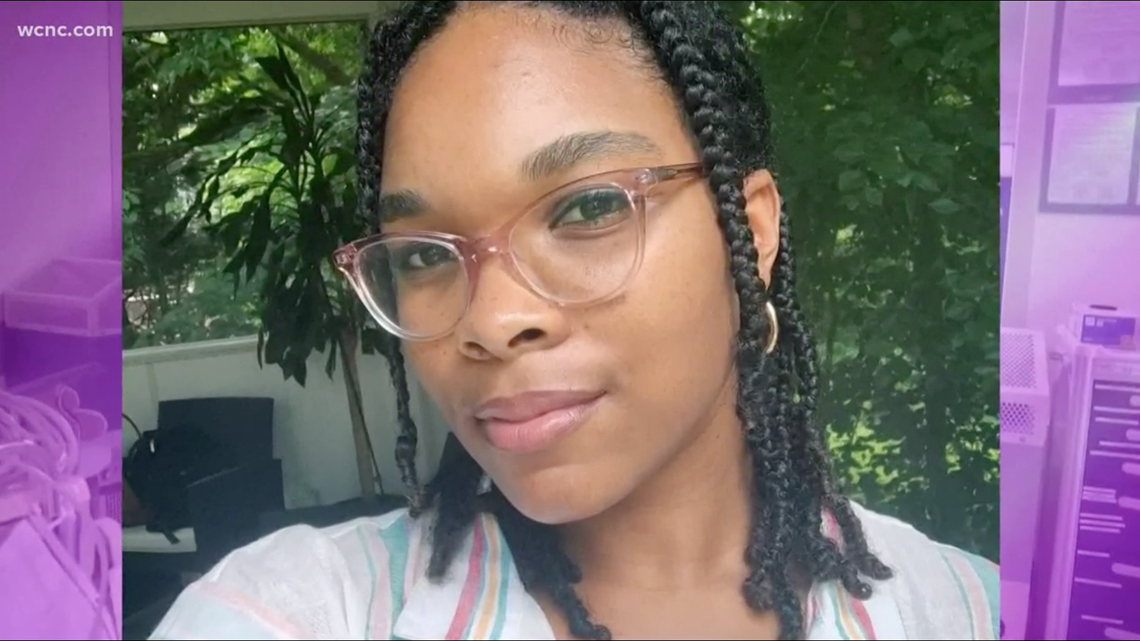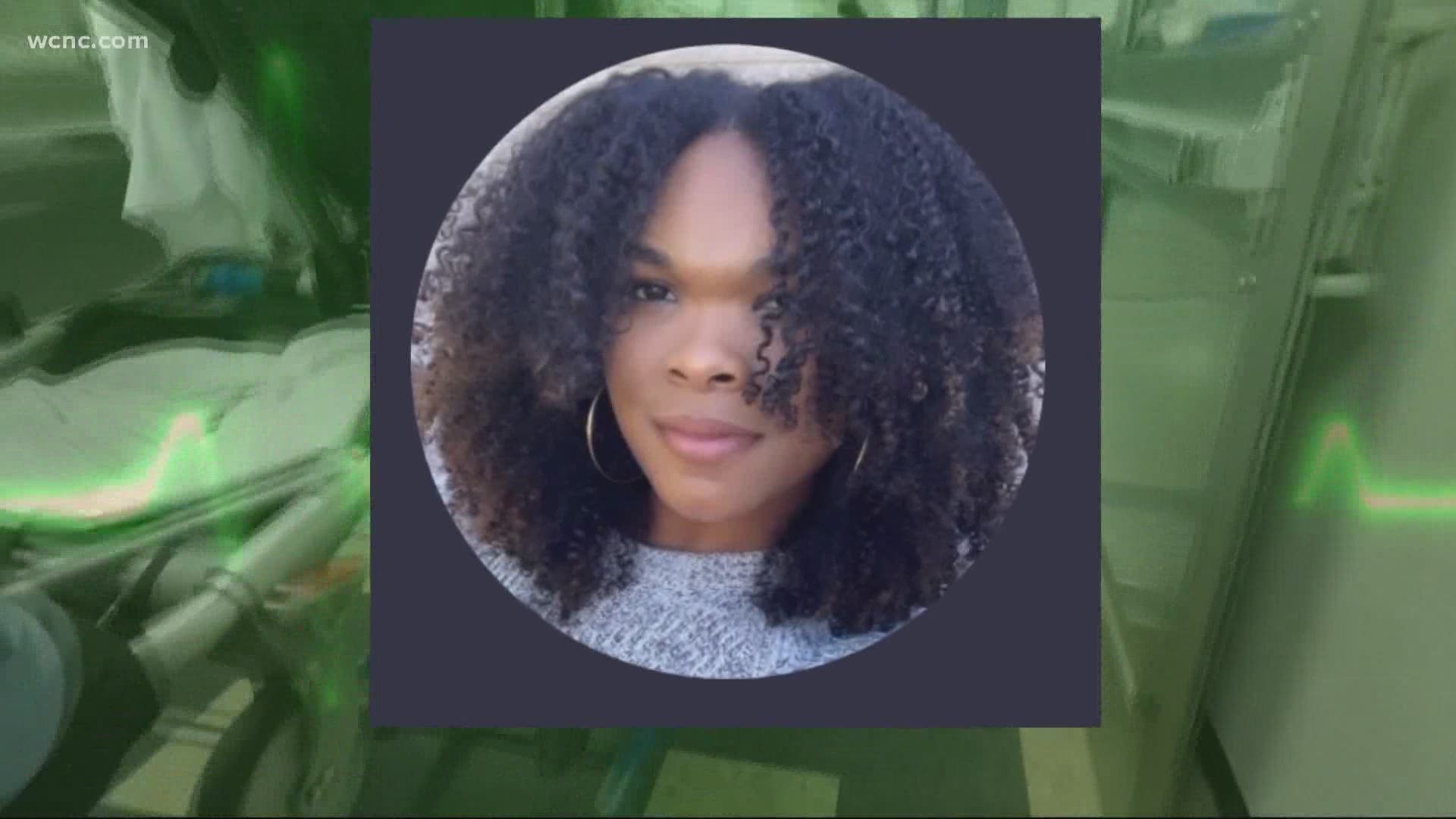CHARLOTTE, N.C. — A Charlotte woman woke up from surgery to discover braids in her hair that weren’t there before she went under — it turned out her male surgeon did it for her.
India Marshall says she had bone growths on her skull that recently required surgery.
Marshall says, prior to surgery, she washed and detangled her curly hair and didn’t give it another thought; but when she awoke, unbandaged her head, and looked in the mirror she discovered someone else did.
“I said, ‘Oh! Someone put braids in my hair,” Marshall recalls.
Marshall and her mother decided it was probably one of her kind nurses and continued with examining her incisions.
When she showed up for a post-op appointment at Charlotte Eye Ear Nose and Throat Associates Uptown, she discovered it wasn’t the nurses.
“That was a complete plot twist to me,” remembers Marshall, who says her doctor was beaming proudly when he admitted it was him. “You have to think about it, he took time to do that before the surgery. He could have had somebody else do it.”
That surgeon was Dr. Jewell Greywoode.
“That’s all patients want,” Greywoode says. “They want you to be kind and compassionate and actually think of them individually.”
Greywoode is well-trained as a girl dad.
“I have two daughters and we have curls night,” he says, smiling.
Greywoode, who is Black, says he and his wife tackle their daughters’ hair together each week. Growing up, Greywoode says, his younger sister taught him how to braid: a skill-set he now takes with him into the operating room.
“It’s something I would do for anyone,” he says.
When Greywoode saw Marshall’s curls, he thought of his daughters’ hair and knew it would wind up tangled and knotted during the surgery. So, he did what his family trained him to do.


“The fact that it was braided up and parted in a way where I could clearly get to all the incisions it just made my life completely easier,” Marshall says.
Marshall says Greywoode even opted for staples instead of stitches so her hair wouldn’t have to be cut.
For Marshall, the experience is just further proof of the value of having Black doctors. She shared that experience on social media: so far, more than a half-million people have ‘liked’ it.
It was a simple act from doctor to patient — a gesture where kindness and representation intertwined.
“For me, it was an indication of somebody seeing me, and what I mean by that is seeing me as a Black woman and the things that impact me on the daily, and hair being one of them,” Marshall says. “Just to have that experience it is priceless.”

